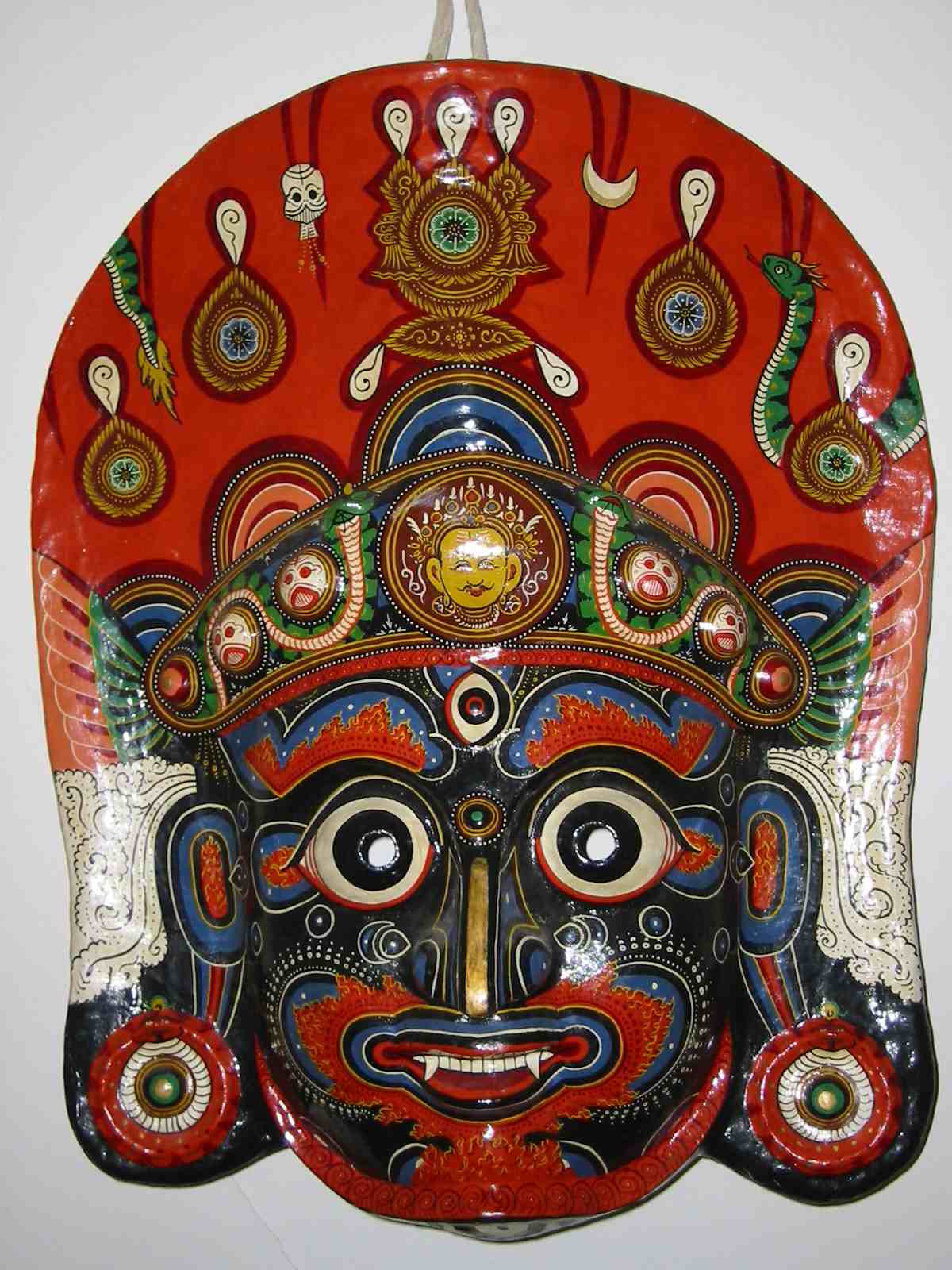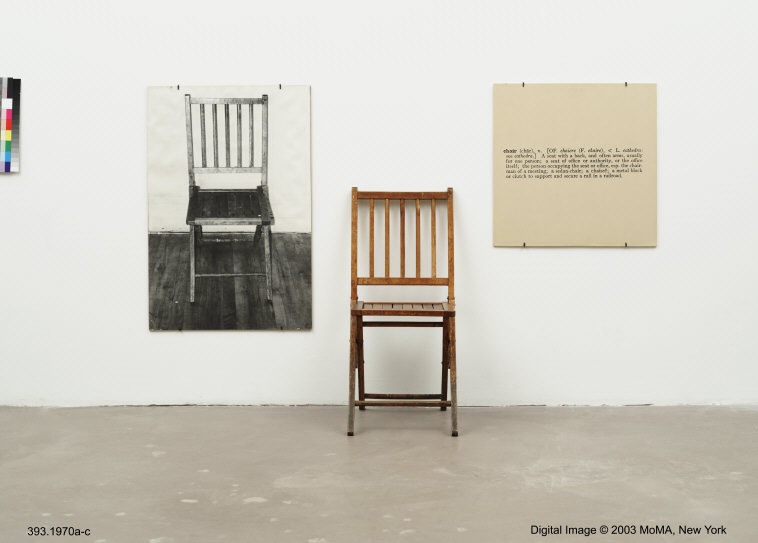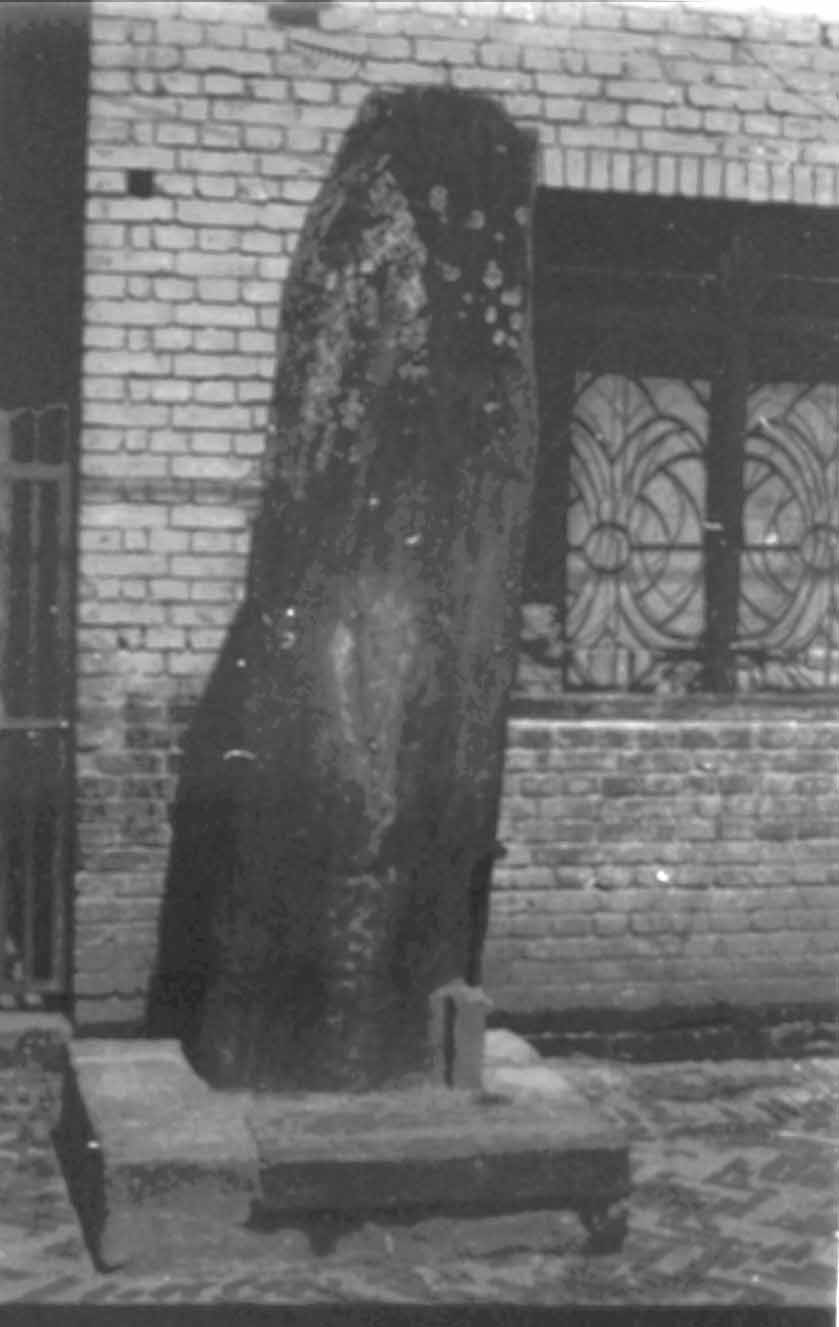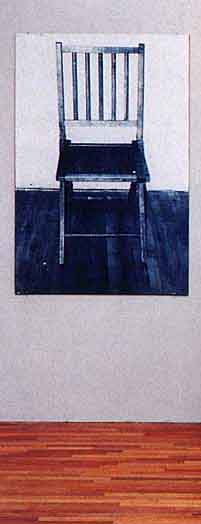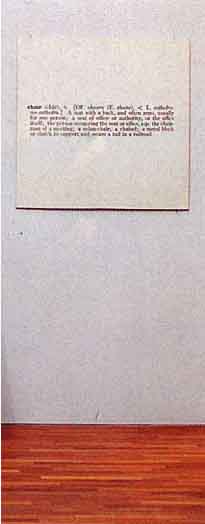Images
PAGE: [1] [2] [3] [4] [5] [6][ Bibliography ] BibliographyAppadurai, Arjun. 1986. The Social Life of Things: Commodities in Cultural Perspective. Cambridge: Cambridge UP. Arnheim, Rudolf. 1969. Visual Thinking. Berkeley, U of California P, 1969. Barthes, Roland. 1981. Camera Lucida: Reflections on Photography. New York: Hill and Wang. Blom, Margriet Lyde Brechta. 1989.
"Getekende Goden: Modelboeken van Nepalese Schilders." Diss. U of Utrecht. Cassierer, Ernest. 1946. Language and Myth. New
York: Harper Brothers. Doniger (O'Flaherty), Wendy. 1973 Shiva: The Erotic Ascetic. Oxford: Oxford UP, 1973. ––––––––. The Origins of Evil on Hindu Mythology. 1976. Berkeley: U of California P. ––––––––.
Dreams, Illusion, and Other Realities.
1984. Chicago: U of Chicago P. Eck, Diana. 1981 (1996). Darsan: Seeing The Divine Image in India.
2d rev. New York: Columbia UP. Eliade, Mircea. 1959. The Sacred and the Profane. Trans. Willard R. Trask. New York: Harcourt, Brace and World, 1959. ––––––––. 1969. Images and Symbols: Studies in Religious Symbolism. New York: Sheed and Ward. Firth, R. 1973. Symbols: Public and Private. London: George Allen & Unwin. Gellner, David. 1985. "Language,
Caste and Religion and Territory: Newar Identity Ancient and Modern."
EJS 27: 102:108. ––––––––. 1992. Monk, Householder and Tantric Priest: Newar Buddhism and Its Hierarchy of Ritual. New Delhi: Cambridge UP. ––––––––. 1993. Monk, Householder and Tantric Priest: Newar Buddhism and its Hierarchy of Ritual. Delhi: Cambridge UP. Halbertal, Moshe, and Avishai Margalit.
1992. Idolatry. Trans. Naomi Goldblum. Cambridge,
Mass.: Harvard UP. Kosuth, Joseph. 1991 [1969 ]. "Art After Philosophy." In Art after Philosophy and After. Cambridge: MIT Press, 13-32. (Originally published in Studio International. London: no 915, no. 916 and no. 917. 1969) ––––––––. 1991 [1969 ]. "Context Text."
In Art after Philosophy and After. Cambridge: MIT Press, 83-88.
(Originally published in The Sixth Investigation 1969. Proposition 14. Cologne: Gerd de Vries, 1971). ––––––––. 1991 [1975 ]. "The Artist as Anthropologist."
In Art after Philosophy and After. Cambridge: MIT Press, 107-127.
(Originally published in The Fox (New York) 1, no. 1 [1975], pp 18-30).
––––––––.1991 [1975 ]. "Notes on Cathexis."
In Art after Philosophy and After. Cambridge: MIT Press, 193-203.
(Portions originally published as a flyer in Conjunctin with the exhibition
Cathexis [New York: Leo Castelli Gallery, Febuary 1982 ]; later expanded
and published in Bedeutung von Bedeutung: Text and Dokumentatin der
Investigatin über Kunst seit 1965 in Auswahl.
Stuttgart: Staatsgalerie Stuttgart, 1981). ––––––––. 1992. The Play of the Unmentionable:
An installation by Joseph Kosuth at the Brooklyn Museum.
New York: The new Press in Association with the Brooklyn Musuem. Lévi, Sylvain. 1905. Le
Népal, Étude Historique d'Un Royaume Hindou. Paris: Ernest Leroux. Levy, Robert (with the collaboration
of Kedar Råj Råjopådhyaya). 1990. Mesocosm: Hinduism
and the Organization of a Traditional Newar City in Nepal. Berkeley:
U of California P. Macdonald W., and Anne Vergati Stahl. 1979. Newar Art: Nepalese Art during the Malla Period Warminster, UK: Aris and Phillips. Mitchell, W. M. T. 1987. Iconology: Image, Text, Ideology. Chicago: The University of Chicago Press. Nepali, Gopal Singh. 1988 (1965). The Newars: An Ethno-Sociological Survey of a Mimalayan Community. Bombay: United Asia Publications. Panofsky, Erwin. 1939. Studies in Iconology. Oxford: Oxford University Press. Panofsky, Erwin. 1955. "Iconography
and Iconology: An Introduction to the Study of Renaissance Art."
In Meaning in the Visual Arts. Garden City, NY: Doubleday. Ricoeur, Paul. 1970. Freud and Philosophy:
An Essay on Interpretation. Trans.
Denis Savage. New Haven: Yale UP. ––––––––. 1976. Interpretation Theory: Discourse and the Surplus of Meaning. Fort Worth: Texas Christian Press. Slusser, Mary. 1982. Nepal Mandala: A Cultural Study of the Kathmandu Valley. Princeton: Princeton UP. Shakya, Daya. 1997. "Classifiers
and Their Syntactic Functions in Nepal Bhasha." Himalayan Research
Bulletin 17: 1:23. Toffin, Gérard. 1984. Société
et religion chez les Néwar du Népal. Paris: Éditions du Centre National de la Recherche Scientifique. Vergati, Anne. 1995. Gods, Men and Territory. Kathmandu: Manohar Centre de Sciences Humanies. Visuvalingam, Elizabeth. 2003. Bhairava: Terreiur
et Protection. Belgium:
Peter Lang. Visuvalingam, Elizabeth-Chalier.
1989. "Bhairava's Royal Brahmanicide: The Problem of the Mahåbråhmna."
Criminal Gods and Demon Devotees. Ed. Alf Hiltebeitel. Albany: State U of New York. Waghorne, Joanne Punzo.1991.
"Background Books" on "Hinduism and the Fate of India."
The Wilson Quarterly 15: 3. Waghorne, Joanne Punzo, Norman Cutler, and Vasudha Narayanan. Gods of Flesh/Gods of Stone. Chambersburg, Penn: Anima Publications. Waghorne, Joanne Punzo. 1994. The Raja's Magic Clothes: Re-Visioning Kingship and Divinity in England's India. University Park, Penn.: Pennsylvania State UP. |
|
